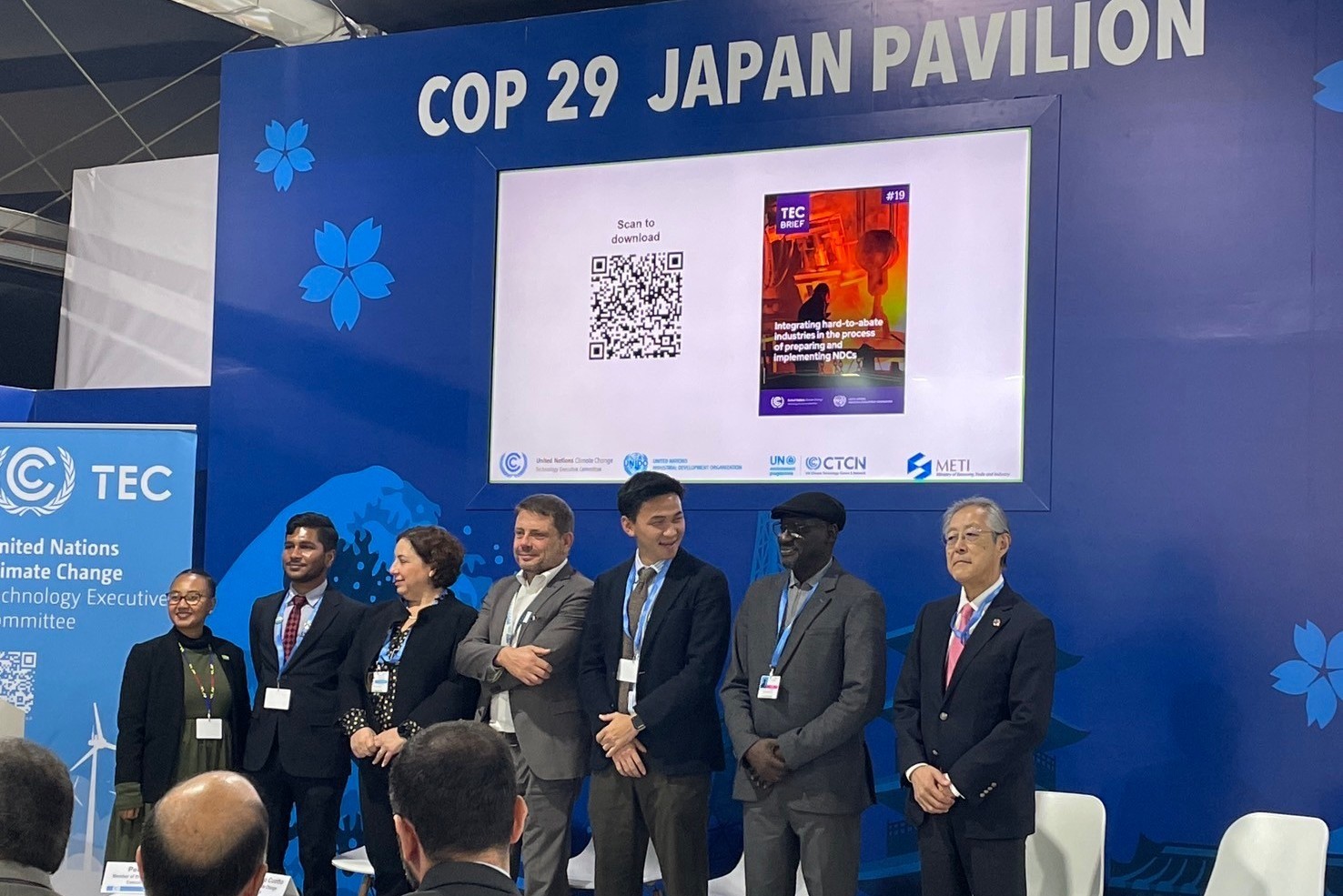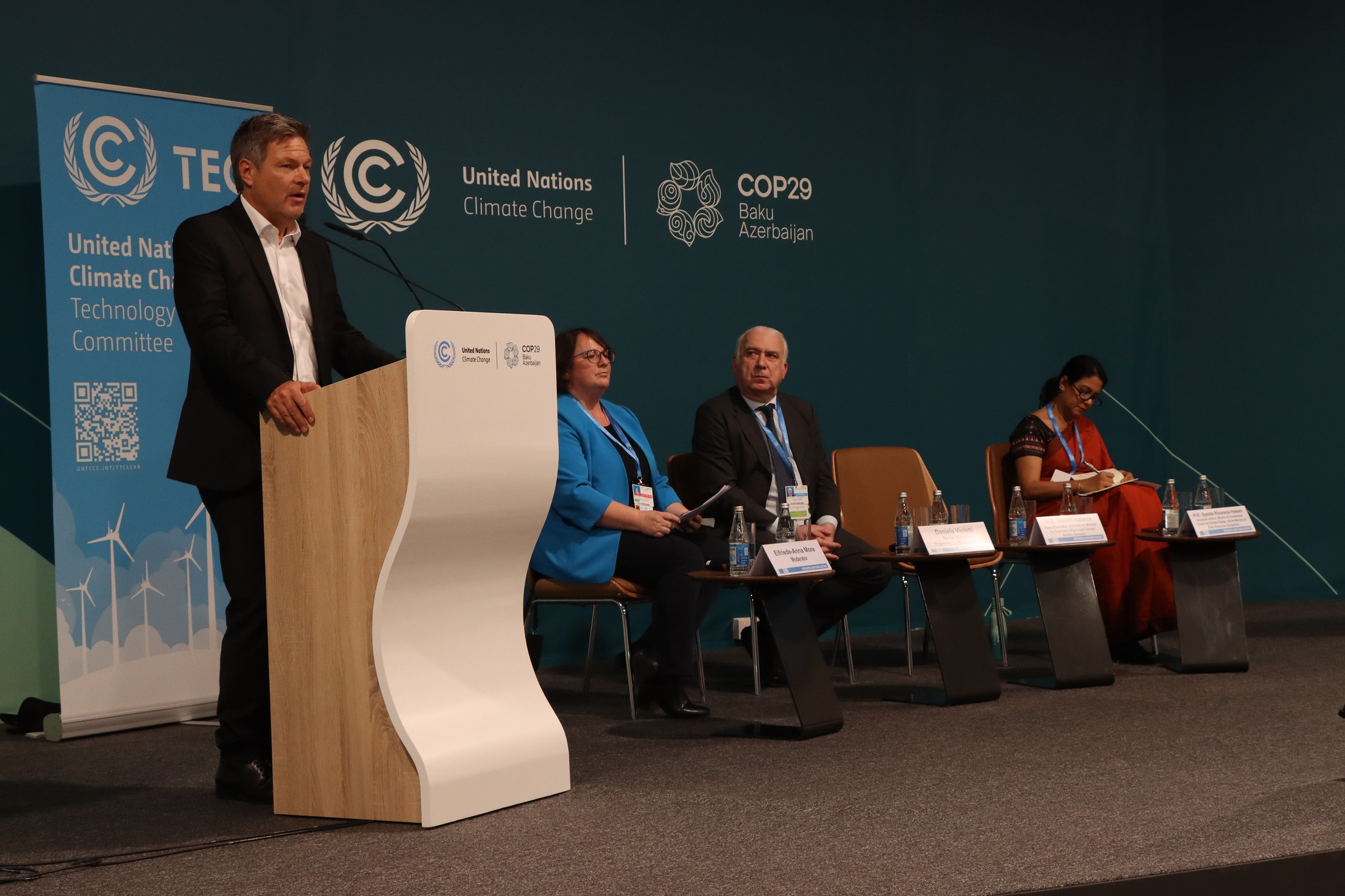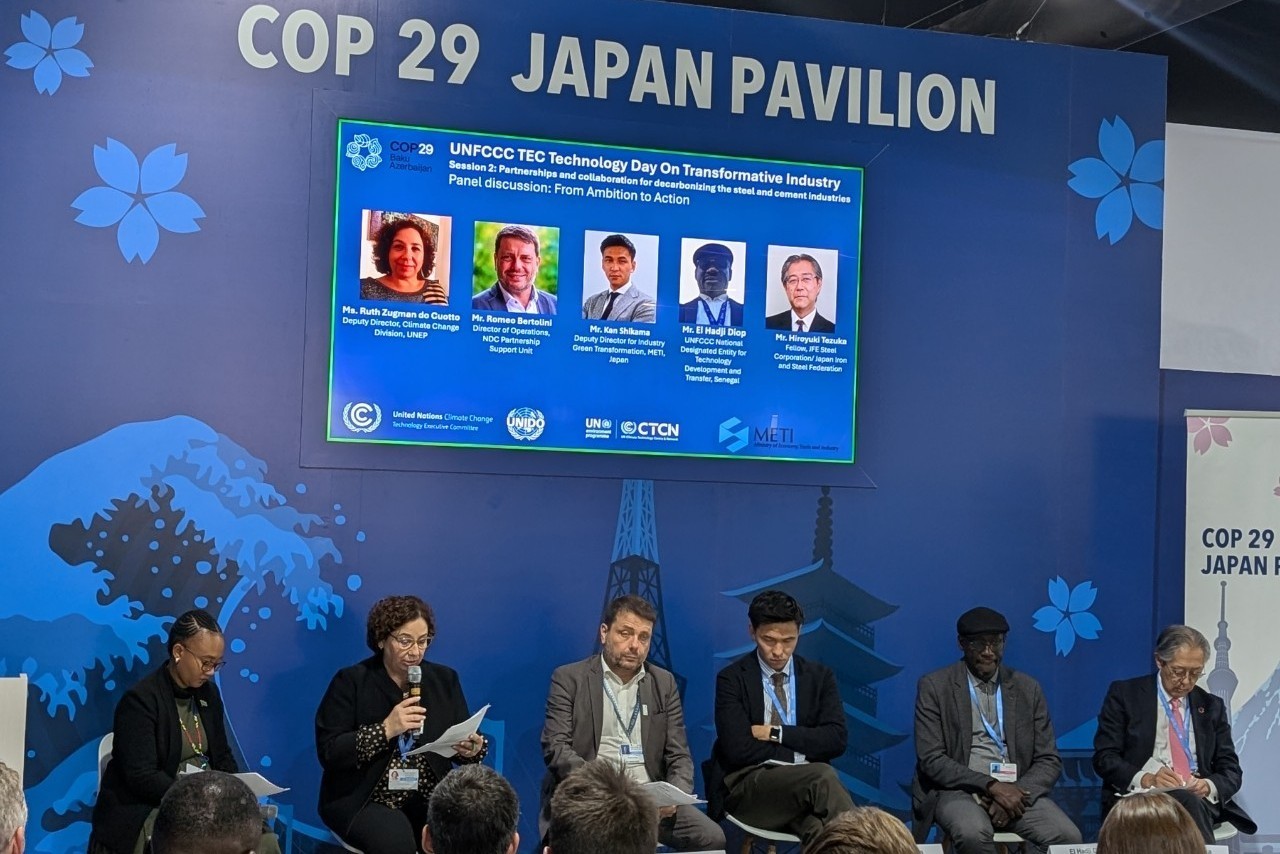Transformative Industry
TEC Rolling Workplan 2023-2027
Promoting low- and near zero-emission technologies for hard-to-abate industries
The industrial sector holds a tremendous potential for reducing greenhouse gas (GHG) emissions as it is directly and indirectly responsible for about 34 per cent of global GHG emissions. Notably, the steel, cement and chemical and petrochemical industries, collectively referred to as hard-to-abate industries, are pivotal in this context as they are responsible for around 70 per cent of emissions from the industrial sector. Informed by the latest available science, the TEC included an activity stream on transformative industry in its rolling workplan for 2023-2027 to promote low- and near-zero emission production and products through the support of innovation, enabling environments, sustainable purchasing commitments, and financing in order to inform NDC planning and implementation.
TEC Policy Brief on integrating hard-to-abate industries in the process of preparing and implementing NDCsThis TEC Brief #19:
|
Transformative Industry: Mapping of initiatives that promote low and near-zero emission production and products in hard-to-abate sectorsThis background paper:
|
Technology Day on Transformative Industry at COP 29
Technology Day on Transformative Industry was successfully held at COP 29 in Baku, Azerbaijan, focusing on the decarbonization of hard-to-abate industries. With a high-level opening by ministers from developed and developing countries, the event highlighted zero and low emission technology and policy options for the steel and cement sectors. Policymakers, industry leaders, support providers and experts shared insights on innovations, policies and multi-stakeholder partnerships for industrial transformation.
Event page: Technology Day on Transformative Industry at COP29
Newsroom article: Technology and Policy Innovations for Emission Cuts in Heavy Industries Unveiled at COP29 | UNFCCC
|
Session 1 |
Session 2 |
 |
 |
 |
 |
 |
 |


